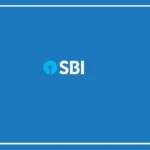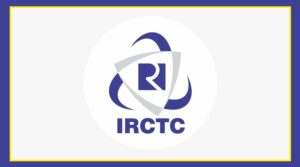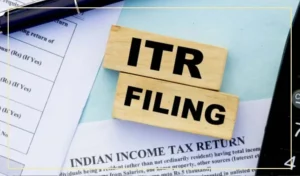Getting a good education today has become quite expensive.
For parents, seeing their child secure admission to a top college is a proud moment—but it also brings a long list of expenses.
From tuition and hostel fees to books and other costs, the total amount can easily reach several lakhs, and in some professional courses, even cross ₹1 crore.
To manage such a huge financial load, many parents turn to education loans so that their children can pursue their dreams without interruption.
Education Loans: A Helping Hand for Students
Both public and private banks, as well as NBFCs, offer education loans for students who need funds for tuition, accommodation, or related expenses.
Most education loans come with a moratorium period, which means repayment starts only after the student finishes the course and gets a job.
One of the key government-backed initiatives in this area is the Pradhan Mantri Vidyalaxmi (PM-Vidyalaxmi) Scheme.
This central sector scheme helps deserving students who secure admission in one of the top 860 Higher Educational Institutions (QHEIs) in India.
The scheme provides collateral-free education loans and interest subsidy benefits, depending on the family’s annual income.
It is available through Scheduled Banks, Regional Rural Banks (RRBs), and Cooperative Banks.
Before applying, it’s smart to compare interest rates across lenders to find the most affordable option.
Compare Education Loan Interest Rates
| Bank | Interest Rate (p.a.) |
|---|---|
| State Bank of India | 7.15% – 10.15% |
| HDFC Bank | 10.50% |
| ICICI Bank | 9.00% – 10.25% |
| Punjab National Bank | 8.55% |
| Bank of Baroda | 7.10% – 9.95% |
| Canara Bank | 7.10% – 10.35% |
Interest is usually charged on a half-yearly or yearly basis, so checking the fine print before signing up is essential.
Extra Benefit: Tax Deductions Under Section 80E
If you’re repaying an education loan, you can also enjoy tax savings.
Under Section 80E of the Income Tax Act, the interest paid on your education loan can be deducted from your taxable income.
This benefit is available only to individual borrowers and applies solely to loans taken for higher education.























